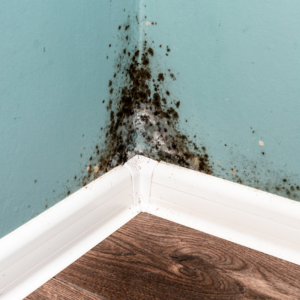How To Choose Your Sleep Mask Cleaning Device
How To Choose Your Sleep Mask Cleaning Device


Your doctor has diagnosed and prescribed therapy for your sleep apnea. As this is something new and relates to your health you may be trying to figure out how to manage your therapy going forward. When using cpap therapy there are several components that you need consider from how do I fit the mask so there is no leak, have I set up the equipment correctly, what do I do to clean and how often should I clean?
There are several critical parts to the cpap system that the manufacturers recommend you clean regularly. These include, the mask, headgear, breathing circuit and the water reservoir used for heated humidification.
You could clean each of these components individually with soap and water, but that’s time-consuming and can leave a foul odour when the water dries on the plastic. This smell can be a disincentive to you continuing with your critical cpap therapy.
Autumn and winter are well knows as the cold/flu seasons and it is essential that you clean your cpap mask and other equipment. Remember, “A dirty mask or equipment can make you sick”!
To ensure that all parts of your sleep mask and other essential part of the system are clean and functional, we have outlined some commonly used methods that will allow you to make an informed choice on what would best suit your cleaning needs.
Types of Cleaning
Manual Cleaning
Experts recommend cleaning your water resevoir daily, tubing every week, and the sleep mask and headgear regularly. You should never use harsh chemicals or strong detergents (e.g., dish soap), as these can leave harmful residues.
Some gentle soaps such as hand soaps are okay to use in small amounts. Many people use a simple vinegar-water solution to clean their accessories.
Problems with Manual Cleaning


Mildew and germ build-up aren’t always visible to the naked eye like the above image. Occasionally, trapped water will breed soap-resistant pathogens that you later breathe in.
The problem is that most manual methods could still leave moisture and germs inside your machine’s parts. These can contribute to mould, mildew, odour, and potentially an infection. You also need to let the parts air-dry, which can be an issue on busy days if you clean the machine late it generally is not dry in time for when you are ready to go to sleep.
Other Cleaning Methods
If the soap-and-water approach does not work for you or if you would like a deeper clean, there are several options for sanitising and maintaining your cpap equipment.
Cleaning Wipes/Wet Wipes
Available at most sleep dealers and through online retailers. These are pre-moistened wipes which can safely remove oils, dead skin cells, and dust from your mask. While these wipes are great options for cleaning your mask, they’re a bit harder to use on the water chamber — and impossible to use when cleaning your tubing. Even with the mask, it may not be easy to get into all the creases, crevices and folds and you need to use multiple wipes. Remember, you should not use the same wipe to clean the whole mask as all you are doing is spreading the germs from one area to another.
Ozone Cleaners
Some cleaning devices use ozone gas to neutralize pathogens from parts. Unless completely sealed, these machines emit ozone into the air. Unfortunately, ozone is highly toxic. Ozone tends to linger, which means you can only use an ozone cleaner hours before you go to bed. Otherwise, you risk inhaling the lingering ozone when you use your. This can actually worsen your breathing problems. Recently a major manufacturer has noted that ozone has had an detrimental effect on the sound abatement foam inside their CPAP and BiPAP products and has issues a recall on these products.
UV Cleaners
UV light is often used in laboratory environments to sterilize equipment. UV-based cleaners such as Lumin Sanitiser apply this technology to your CPAP equipment.
Cleaning Device Lumin Sanitiser
When exposed to UV light, bacteria and viruses are disabled. Meaning you can more easily clean your sleep mask without needing to use soap and water. Note that it must be of a specific wavelength for UV light to clean equipment and operated for a particular duration. In other words, you cannot neutralize your sleep mask by holding a regular fluorescent light over it. Choose a UV-based cleaner specifically designed for this purpose, such as the 3B Lumin Sanitiser.
The Best Solution
Cleaning your sleep mask and other equipment such as hoses and water reservoir regularly is crucial to your overall health.
You will avoid getting sick from mould or mildew or reinfecting yourself with pathogens exhaled during sleep. Furthermore, you will also prolong the life of your CPAP and accessories. Traditional cleaning methods don’t always work. You need a water-free approach or deeper clean; make a UV-based cleaner part of your routine.
Here’s to better sleep!
Jan, 2021 by Ann S (CPAP Consultant with many years of experience in the field)
